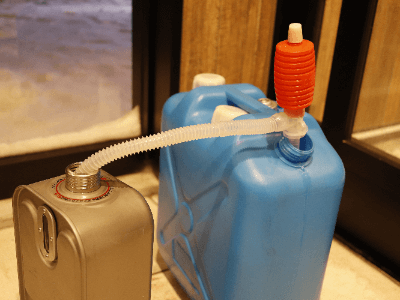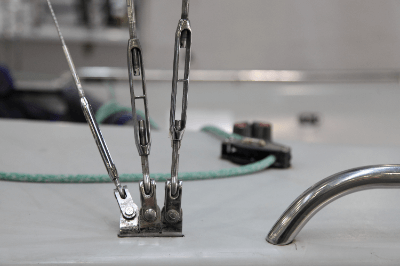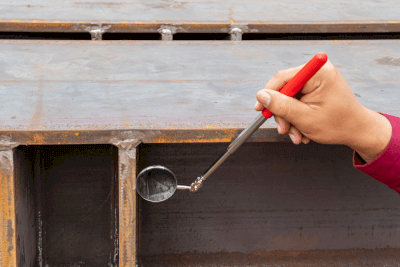What Is a Safety Mirror?

A safety mirror, also known as a curve mirror, garage mirror, or road reflector, is a mirror installed in areas with poor visibility, such as near buildings, walls, road curves, and parking lot entrances. They help in observing oncoming traffic and pedestrians in these obstructed visibility areas.
Mounting a safety mirror on a wall, atop a wall, or on a pole or post allows for a wider viewing area. These mirrors come in various types, including simple clip-on models, pole types, heat- and shock-resistant designs, and stylish options that blend with the environment.
Uses of Safety Mirrors
Safety mirrors are utilized for enhancing visibility and safety in roads, parking lots, factories, warehouses, intersections, stores, and hospitals. They are commonly used in the following scenarios:
- Monitoring traffic at tunnel entrances
- Improving visibility around condominium outer walls and private roads
- Ensuring safety at parking lot and road entrances/exits
- Reducing collision risks at construction sites
- Aiding visibility in blind spots on premises
- Enhancing safety in warehouse and forklift aisles
- Preventing collisions in aisles and at T-junctions
- Improving safety near elevators and nursing homes
Principle of Safety Mirrors
Safety mirrors are commonly made from materials like glass, acrylic resin, stainless steel, and polycarbonate resin. Each material offers unique benefits such as excellent reflectivity, weather resistance, heat resistance, and breakage resistance.
Lightweight polycarbonate mirrors can be mounted easily with strong magnets or flexible arms. PET plastic sheet mirrors are also available, which can be affixed with double-sided tape.
Some safety mirrors come equipped with latent heat storage materials or built-in heaters and thermostats to prevent fogging or icing. Acrylic mirrors are particularly suitable for coastal roads due to their lightweight and rust-resistant nature, and some feature special coatings for drip-proof and superhydrophilic effects.
When installing safety mirrors, they should be positioned at a height of 1.8 to 2.5 meters above the road surface and tilted downward by 5 to 15 degrees for optimal visibility.
Points to Consider When Selecting Safety Mirrors for Factories
In factory settings, where vehicles and heavy machinery are prevalent, the choice of safety mirrors is crucial. Stainless steel mirrors are recommended for their durability and weather resistance, particularly suitable for outdoor installation and withstanding vehicle impacts.
Popular sizes for factory installation are typically around 600 mm in diameter, with larger mirrors of 800 mm or 1000 mm recommended for areas frequented by large vehicles. The choice of mirror size should balance visibility needs and cost considerations.
How to Install Safety Mirrors in Private Homes
Installation of safety mirrors on public roads requires permission from the road administrator. For private properties, there are no specific requirements, and the choice of mirror size and installation method is flexible. Small-sized mirrors of ø200 mm to ø450 mm are recommended for home use.
While individuals can install smaller mirrors independently, larger safety mirrors may require professional installation due to regulations and the need for a foundation.
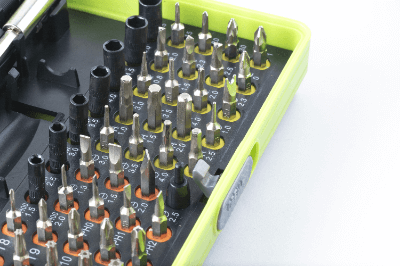
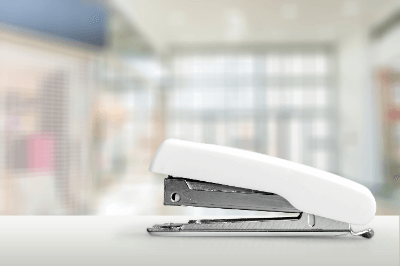 A stapler is a device used for binding paper with a
A stapler is a device used for binding paper with a 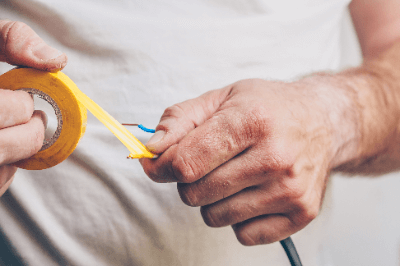 Electrical tape is used for providing electrical insulation and comes in various materials. It is divided into two categories: low voltages and high voltages above 600 V. Some tapes offer
Electrical tape is used for providing electrical insulation and comes in various materials. It is divided into two categories: low voltages and high voltages above 600 V. Some tapes offer 